I always ask myself with stuff like this am I playing other peoples’ stuff “exact” or “in the spirit”
My personal best example of “exact” versus “in the spirit” is Highway Love Song by STP and Smoke On The Water by Deep Purple.
Again, with my opinions, you mileage may vary…
With STP, I find the need to get that as close to exact as possible. The bass role with their music is very well defined, and my personal feeling is that it needs to be spot-on. Same with ‘iconic’ stuff, like Ramble On (for the most part), or where the bass is the core of the song like Neon Moon or Hysteria. And those take the longest to develop that “muscle memory”
If you think about Smoke On The Water (the first guitar lick everybody seems to learn wrong, including myself  ), for the most part, the bass is filling the space in places where it would otherwise be relatively boring in the verse vocal section. There’s 5 or 6 core riffs, distributed in a way that, if you learn them individually, you can pick and choose where they go. I don’t personally find the need to “muscle memory” them into where they belong in the song, but rather to “muscle memory” the riffs themselves and then pick and choose where I want to put them. I think you’re operating in the spirit of this music and still doing justice to the tune.
), for the most part, the bass is filling the space in places where it would otherwise be relatively boring in the verse vocal section. There’s 5 or 6 core riffs, distributed in a way that, if you learn them individually, you can pick and choose where they go. I don’t personally find the need to “muscle memory” them into where they belong in the song, but rather to “muscle memory” the riffs themselves and then pick and choose where I want to put them. I think you’re operating in the spirit of this music and still doing justice to the tune.
I know there’s probably disagreement out there, and I know I’m not playing the song exactly the same as the album, but I’ve been to enough concerts where you can see bits that are done differently live by the original performers and there’s no loss of fidelity to the spirit of the music.
But it’s not something you’d hear at a Muse show or a Tool show…they really can’t go off-script because of the structure of the music. Where you hear the different stuff is really the bluesy 1-4-5 stuff that permeates everything. So you’re riffing around the melodies…and I believe you grab the core riffs and put them where you like them. So I take my time and learn the little bits (again, Smoke On The Water is a great example) and put them where I feel them.
And I think this all boils down to taste - again, if you want to be “exact” or “in the spirit”
On the stage, I’ve found that I could play the same riff on Smoke On The Water over and over, and I was the only one who cared about it.
Just my personal thoughts on this (wrapping this up) -
In my head I keep a ‘macro’ structure of a song - verse, chorus, bridge, etc. Those are pretty good markers for me. Then the ‘micro’ structure for each of the ‘macro’ parts fills-in that narrative…so I’m not really learning all 5 pages, but the ‘macro’ parts. The ‘macro’ parts are generally the same…but the ‘micro’ parts in the ‘macro’ parts is where you can pick and choose where you stuff those riffs.
Sometimes I think I’ve gone off the deep end when I write things and have entirely veered off the path of the original question…
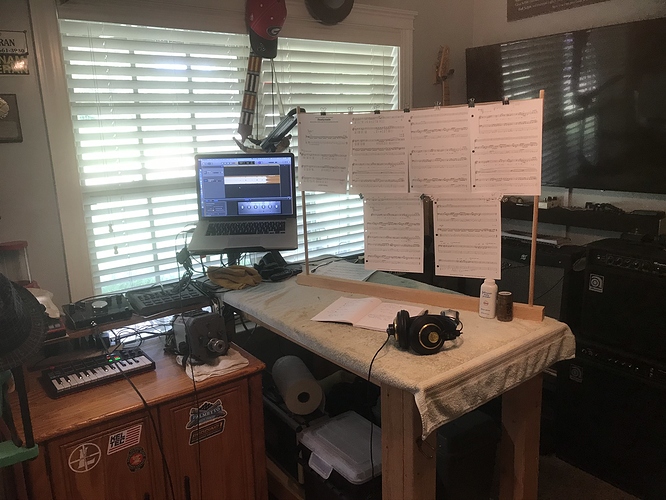
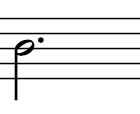
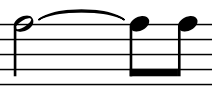
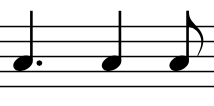
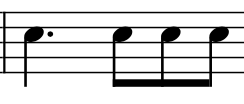

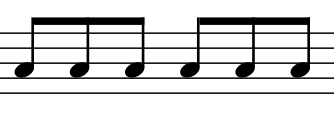
 ), for the most part, the bass is filling the space in places where it would otherwise be relatively boring in the verse vocal section. There’s 5 or 6 core riffs, distributed in a way that, if you learn them individually, you can pick and choose where they go. I don’t personally find the need to “muscle memory” them into where they belong in the song, but rather to “muscle memory” the riffs themselves and then pick and choose where I want to put them. I think you’re operating in the spirit of this music and still doing justice to the tune.
), for the most part, the bass is filling the space in places where it would otherwise be relatively boring in the verse vocal section. There’s 5 or 6 core riffs, distributed in a way that, if you learn them individually, you can pick and choose where they go. I don’t personally find the need to “muscle memory” them into where they belong in the song, but rather to “muscle memory” the riffs themselves and then pick and choose where I want to put them. I think you’re operating in the spirit of this music and still doing justice to the tune.